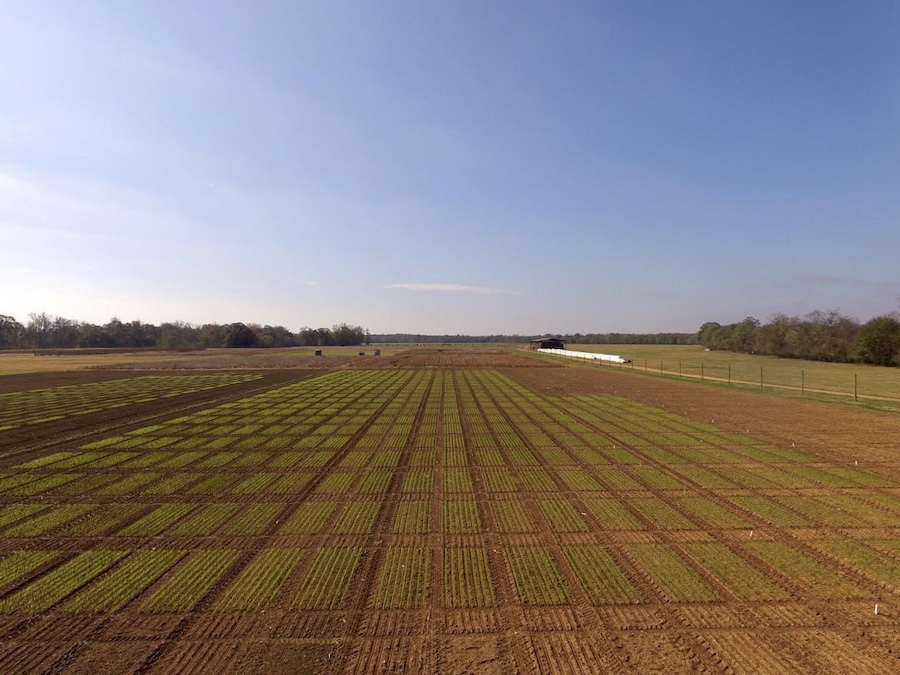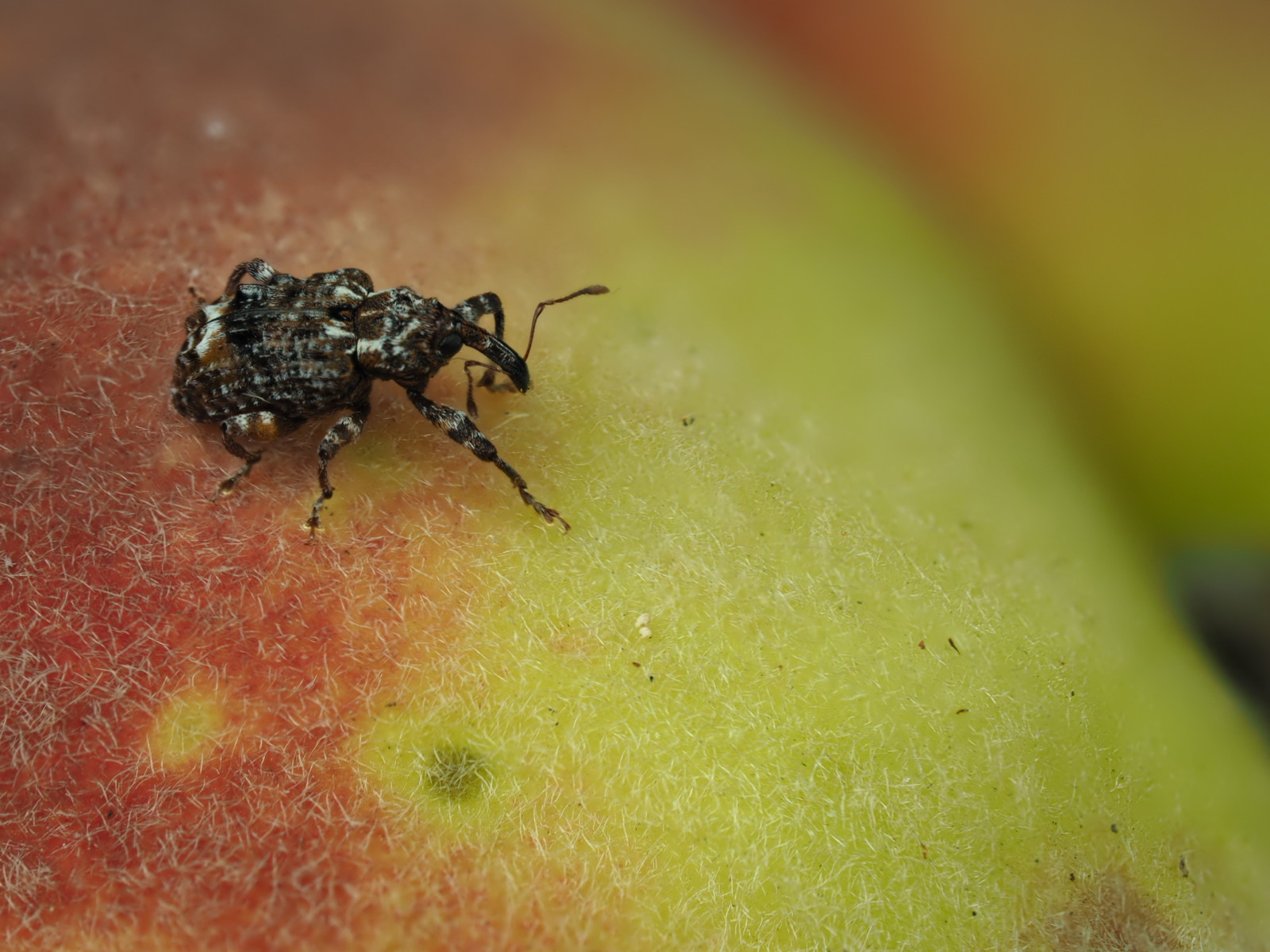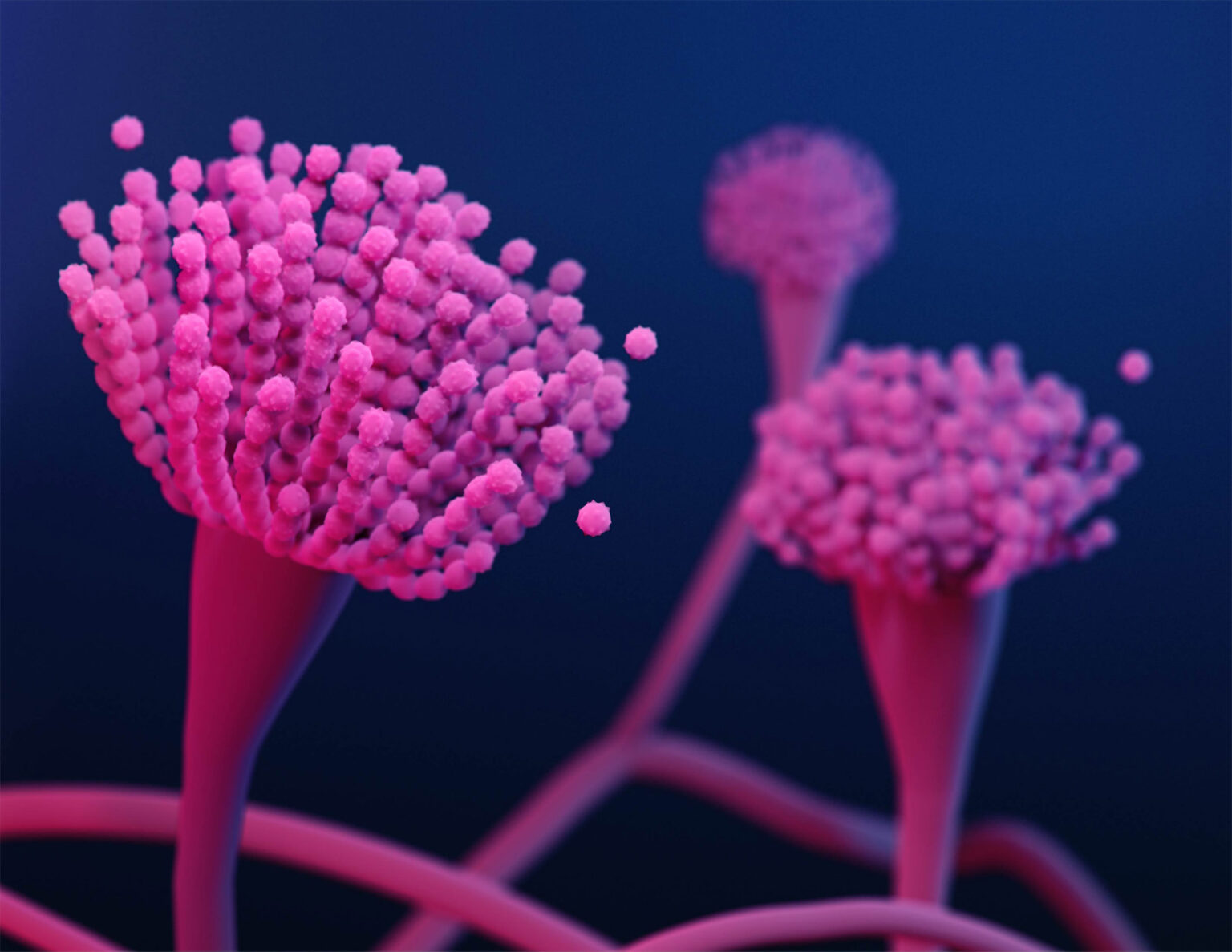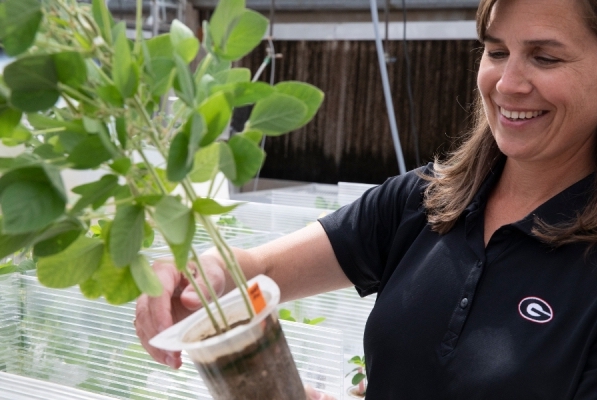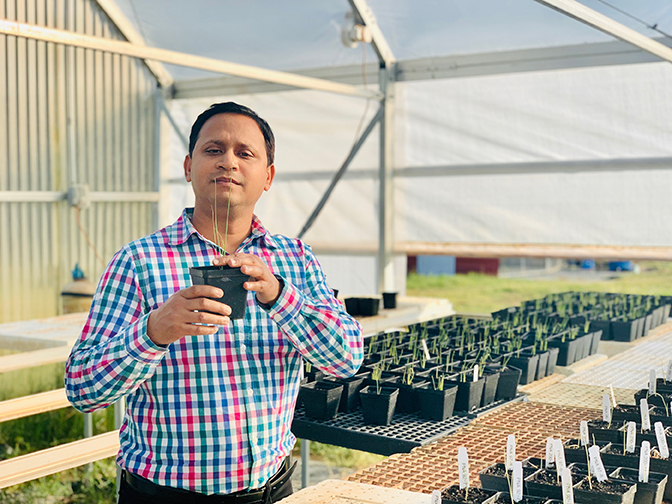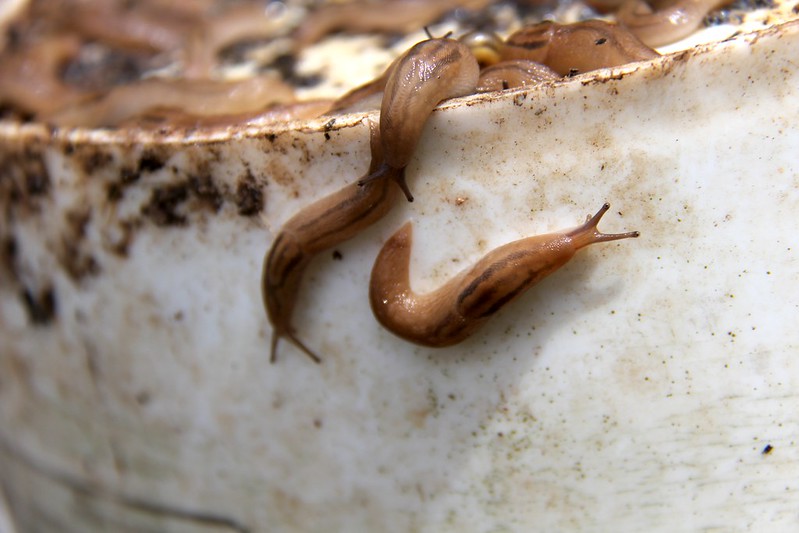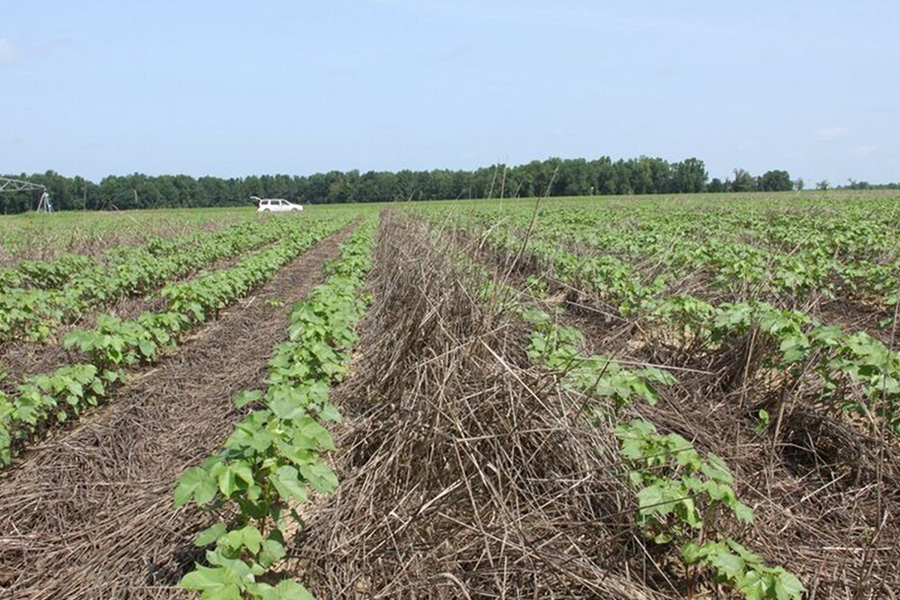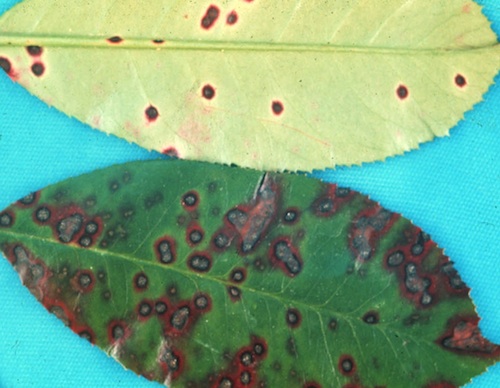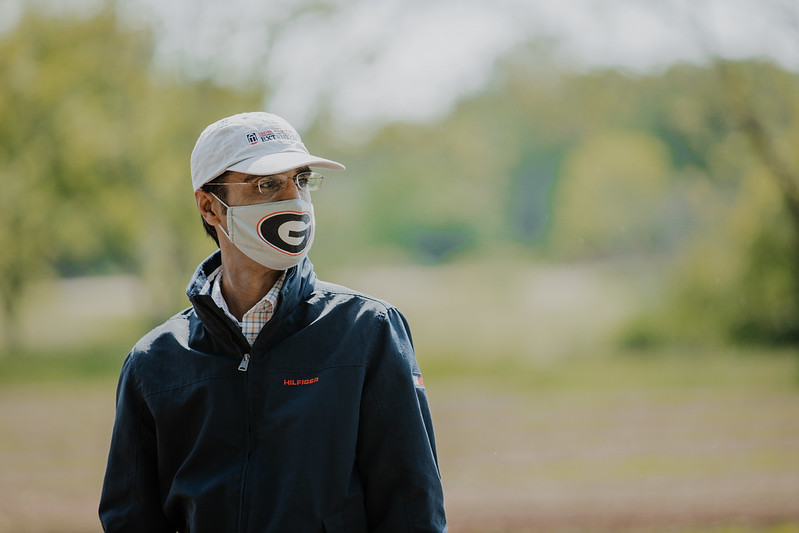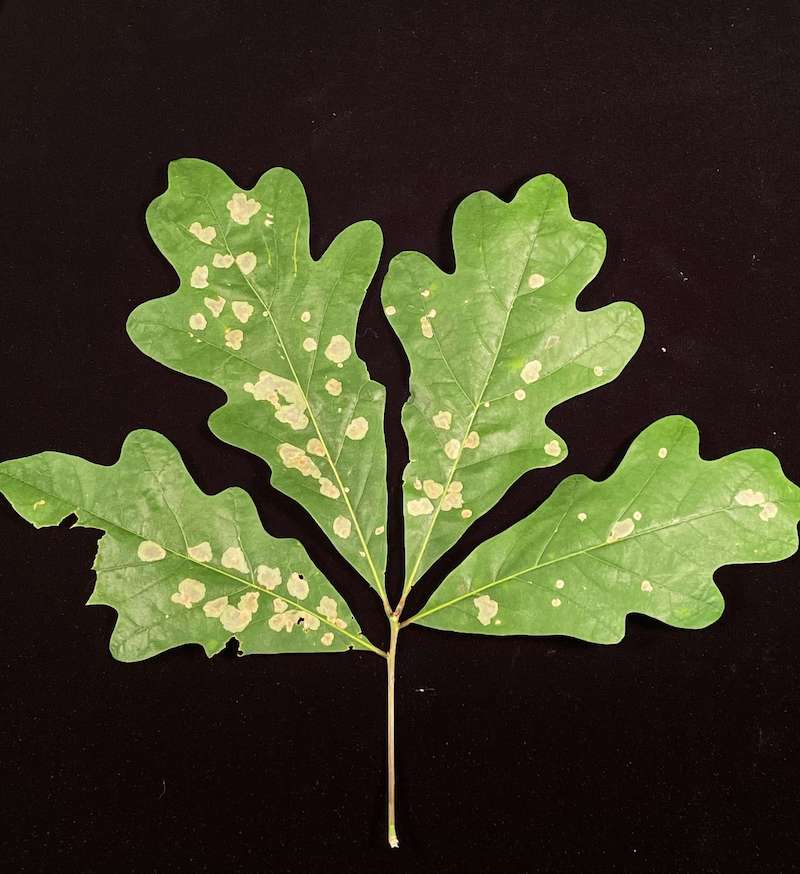 CAES News
CAES News
Solitary Oak Leafminer
“What’s wrong with the leaves of my oak tree? Is my tree dying?” Over the past several weeks, University of Georgia Cooperative Extension offices across north Georgia have been flooded with calls from residents asking about their oak trees. Whether white, red or chestnut oaks, the question has been the same.

